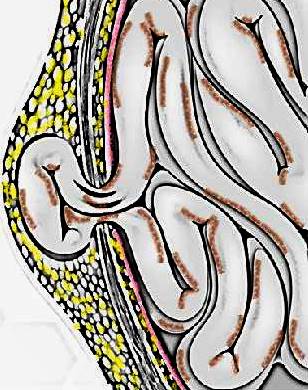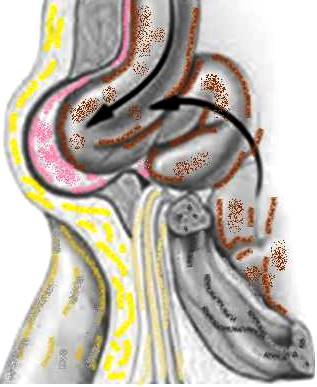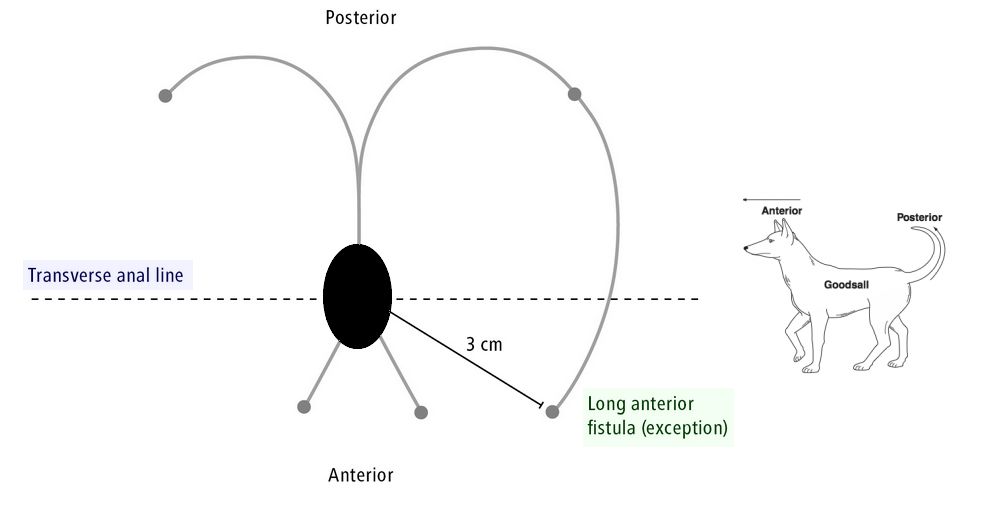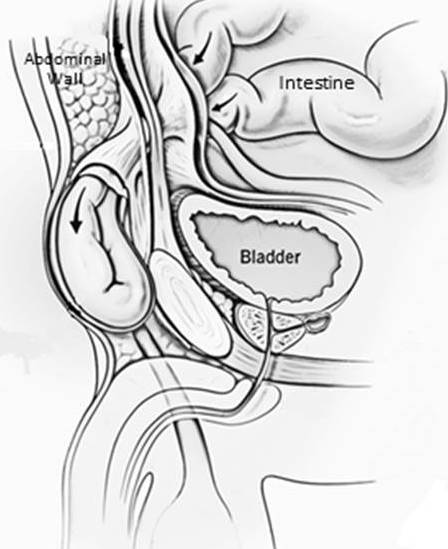Most patients have only one operation in their lives and to them, it is of great concern and a Solemn Occasion, though it is just another Appendix/Hernia/TKR to the Surgeon. Being a part of a surgical team is where one shares their knowledge, experience and responsibility with the others. This…
Tag: General Surgery

Open Pelvic fractures – Classification
General principles and classification of open fractures have been discussed earlier. The Gustillo-Anderson classification commonly used for the long bone fractures might not be suitable for open pelvic fractures. Jones-Powell classification It is based on the mechanical stability of the pelvic ring and the potential contamination of the open wound….

Hernia – The Others
Hernia is classically defined as a protrusion of the contents of a cavity through its walls. It is a condition which occurs not only in the abdomen but also other regions of the body such as in the thorax and cranium. In this article one can find the description of…

Hernia – Inguinal Hernia
Groin is the area between abdomen and the upper thigh on either sides of pubic symphysis. Protrusions of the abdominal contents through the weak areas in this region are grouped under groin hernias. Groin Hernia can be classified into Inguinal and Femoral Hernias. Please go though another article of the…

Goodsall’s rule : Mnemonic
Synonym: Goodsall-Salmon’s law In anal fistula, goodsall’s rule predicts the type of track and location of internal opening. An anterior external opening is more likely to have a straight track while a psoteriorly placed external opening is more likely to have a curved track. Mnemonic: Think of a dog with…

Surgical blade size : Tricks to remember
Surgical blade anatomy Sharp edge: Belly Tip Unsharpened ridge opposite to the edge: Spine Slot for scalpel Surgical blade numbers Here is a trick to know the surgical blades by numbers – a simple image mnemonic which will require your imagination. We will only discuss blades commonly used in our…

6 Ps and 3 As of Compartment Syndrome
Clinical features A. Adolescents and Adults Mnemonic: 6 Ps (by Hargens and Mubarak) Pain (may be absent in cases of nerve damage): Pain out of proportion to other physical findings (requiring increasing analgesic requirement) *: Earliest symptom Pain on passive stretch of the muscles in concerned compartment * Low sensitivity…

Hernia – The Basics
“No disease of the human body, belonging to the province of the surgeon, requires in its treatment a greater combination of accurate anatomic knowledge, with surgical skill, than hernia and all its varieties.” – Sir Astley Cooper ‘Hernia’, a word derived from Latin for ‘Rupture’, defined as the unusual protrusion…
